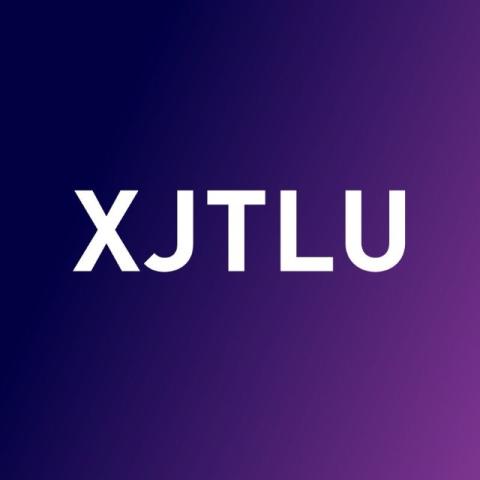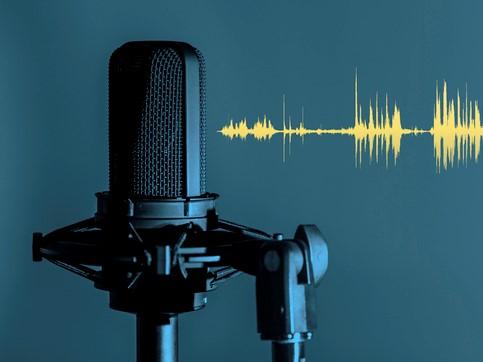
How to start a language-teaching podcast
As an English for academic purposes (EAP) teacher, I wanted to provide my students with more authentic, level-appropriate and mobile-optimised listening materials. To meet this need, I created a podcast based on EAP syllabus topics that supplements the formal classroom language learning experience.
This initiative also served as the foundation for a research project to study how students perceive such a podcast’s effectiveness in improving their English-language skills. It was revealed that the year-one students perceive these podcasts as effective self-learning tools, contributing to their language improvement and overall academic development. My research found these podcasts’ positive traits included accessibility, level-appropriateness, authenticity, relatability of the topics and an increase in how students perceived their language confidence.
Here are a few suggestions for any teacher who wants to create a podcast to supplement formal classroom learning.
What should you podcast?
Before starting, ask yourself what you want to bring your students via this podcast. Having a clear vision and purpose will help you design consistent content. For example, the podcast could be instructional or non-instructional, syllabus-based or not, voluntary for additional learning or mandatory with assessment for all the students.
After defining the podcast’s general content, you can consider the episode structure. Maintaining a consistent and clear episode structure is essential to retaining your audience. My post-study focus group interviews revealed that students find it easier to follow and predict the content when each episode has a consistent structure.
Regardless of the content, every podcast should include these key elements:
1) An engaging opening that introduces the podcast’s name, goal, tagline, accessibility and information about the host or hosts. This opening can be reused in every episode.
2) A concise introduction to provide listeners with an overview and purpose.
3) A thoughtfully planned main body. It should deliver the “meat” of the episode without overwhelming student listeners, who might have short attention spans. According to my research on first-year students, episodes should be 10 to 15 minutes long.
4) An ending with key takeaways and questions to consider.
5) Optionally, jingles at the beginning, end or between topics. Almost all participants in the focus interviews said background music was key to retaining their attention and interest.
Who should be on air?
Hosts should remain consistent because voice familiarity is crucial for maintaining listener loyalty. Once the listeners are familiar with regular hosts, you can introduce a new voice, such as another teacher or student guest, to enrich the conversation.
- Resource collection: English as a second language in higher education
- Managing cognitive load for EAL – and all – students
- A universal design approach to teaching multilingual students
How should you deliver content on air to listeners?
Boosting students’ language skills can be a primary motivation for both teacher podcasters and student listeners. To achieve this, consider addressing the following questions.
1) Full transcript or short summary? This was a question I mulled over at length when I began my podcast. A transcript enables students to follow along more easily and to look up new words that might otherwise put them off. Yet, it can lead some to “read” rather than “listen”. Alternatively, providing a brief episode summary can aid students’ comprehension, helping them to predict the content. It also encourages active listening for details. In my podcast, I opted to explain difficult words verbally.
2) Scripted or spontaneous? This depends on the goal and nature of your podcast. For instance, one of my podcast’s goals was to model natural EAP classroom conversations, so my podcast partner and I opted against a word-by-word script. We wanted to sound natural and conversational. Don’t be overly concerned about mistakes during conversations; sometimes hesitations or slips of the tongue can bring unexpected beauty to your podcast.
How can you record, edit and release your podcast?
I experimented with many recording devices, including mobile phones, laptops, hand-held voice recorders and professional sound-proof equipment in the university’s recording studio. In my experience, the sound quality differences were negligible; you might find your mobile phone in a quiet environment will suffice. Audacity, GarageBand and Descript are friendly audio-editing platforms for beginners.
You might consider using your university’s virtual learning environment (VLE) platform when you release your podcast. Your VLE might provide user analytics to help you understand users’ listening habits and frequency. Alternatively, public podcasting platforms offer broader outreach to wider audiences.
Chengchen Qian is an associate language lecturer at the School of Languages at Xi’an Jiaotong-Liverpool University (XJTLU).
If you would like advice and insight from academics and university staff delivered direct to your inbox each week, sign up for the Campus newsletter.




